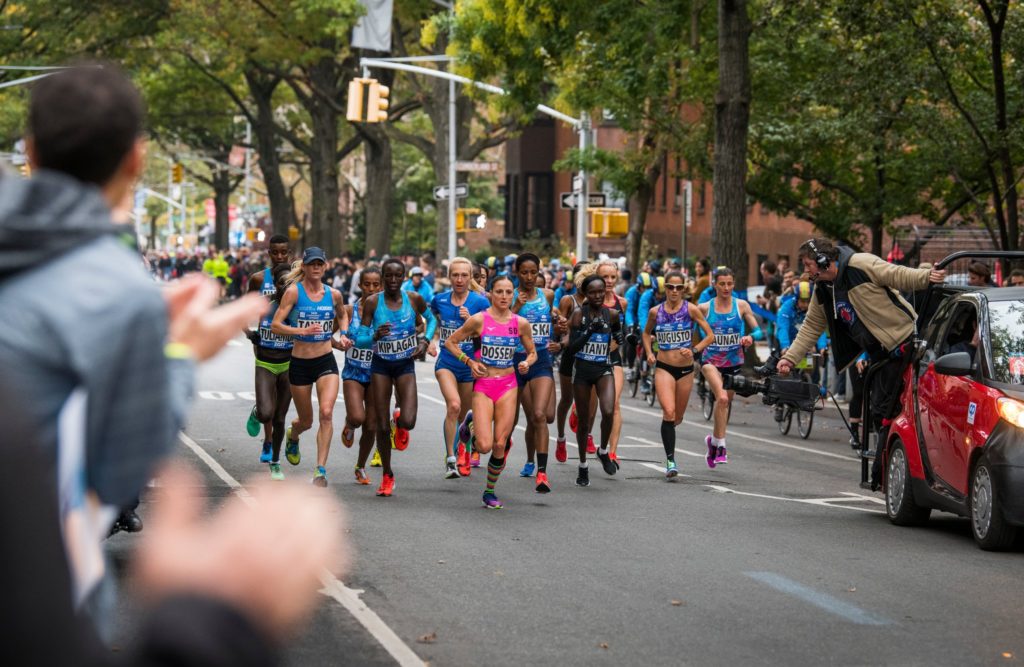The more you admire – The more you possess
I am not teaching you anything, I just help you to explore yourself. – Bruce Lee
I suggest the principles to follow rather than constantly telling you what you should or should not be doing. I’m at my best when clarifying the theory and history of running while putting those lessons into practice. My approach gives the ordinary runner a profound experience of the extraordinarily complete teaching of the world’s great running traditions.
I hope I never err by suggesting absolute answers or presenting you with a picture of the ideal running method, biased by my belief in my own experience. Suppose I’m more or less impartial in presenting the problems and solutions I’ve known. In that case, I can be of some value to the general discussion by those who find similar satisfaction in athletic pursuit.
“Short-term intensity cannot replace long-term commitment. Many crucial changes take place over long periods of time. Physiologically, it’s impossible to become great overnight.”
— David Shenk
Quality over Quantity
If speed is the name of the game, we must never get too far away from it.” – Peter Coe
The quality of what you do is much more important than the quantity. Too much long, slow-distance running creates long, slow runners. Why pound the life out of your legs when you can develop them with quality? This doesn’t mean skipping your easy days or neglecting your aerobic development. That can be achieved through weekly cross-country or trail running.
Training intelligently is about understanding optimal pace levels that challenge or enhance specific systems. Only run at paces that will achieve the physiological adaptations you seek; running faster than you need to in training increases your risk of injury. And injury is every runner’s greatest fear.
A Systematic Approach to Pacing
An effective training plan is carried on using step-by-step procedures.”
Every run does not have to be a programmed workout as long as you make every session count even your recovery runs. A 3-week training block should include easy, moderate and fast paced training sessions, all designed to prevent the runner from settling into just one modicum pace.
Varying the speeds at which you train not only helps you become more efficient, it reduces your chances of injury by breaking up repetitive-motion patterns. The more precise coordination required to sustain even a slightly faster pace, combined with the corresponding changes in cadence and habitual stride patterns, alleviates the stress of running at the same pace mile after mile.
Redefining Consistency
Science is the pleasure of finding things out.” – Richard Feynman
When I talk about consistency, I mean not just doing the same thing repeatedly in the same way. Runners who train without focusing on learning tend to wear down.
Whenever we inevitably experience lapses in motivation, I make an extra effort to change our routine, try a new workout, seek out the company of other people, or venture into the unexplored countryside. Then we make it our goal to learn something new, on a subconscious level. Rather than pushing too far beyond our comfort zone, we allow our bodies to explore new, more efficient movements in a way that feels safe and comfortable. We make our share of mistakes with this, but we continue to do it, paying attention to the little things we become aware of. This approach is very therapeutic, and we can readily adopt the new movements that make sense and feel good.




